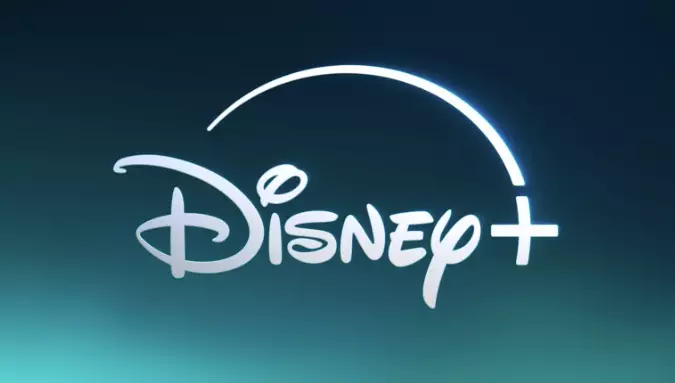In a significant shift reflective of broader trends in the streaming industry, Disney has officially begun enforcing stricter regulations against account sharing on its streaming platform, Disney+. The long-anticipated crackdown aims to curb password-sharing practices that have proliferated since the service’s inception. As the ongoing battle for viewership intensifies, Disney is not only reacting to user behaviors but also aligning itself with the operational strategies recently adopted by competitors like Netflix.
Disney+ subscribers can still share their accounts with family and friends, but with some caveats attached. The company has articulated that an account should ideally be used within the same household, a policy they are now enforcing with financial consequences for violations. To incorporate an additional user outside of one’s immediate household, account owners may opt to pay for what Disney refers to as an “Extra Member.” In practical terms, this means an additional $7/month for users of the Disney+ Basic tier and $10/month for those subscribed to the Premium option.
This paradigm shift signifies a pivotal transition from the previously lenient approach, wherein sharing was tacitly accepted. However, it’s important to note that the policies will only permit one Extra Member per account, and restrictions will apply to Disney Bundle subscribers or those who access the service through partner offers. This limitation reinforces Disney’s aim to curtail widespread account sharing and ultimately monetize what was once considered a transparent benefit of subscription services.
In an effort to streamline this transition, Disney has made provisions for existing users who may feel the pinch of these new restrictions. If an account holder chooses to go the extra-mile, they can transfer a profile to the new user, preserving valuable watch histories and personalized settings. This gesture indicates an understanding of user attachment to content, even as the company’s policies tighten. However, limitations are also in place, as Junior Mode accounts and profiles of minors cannot be transferred, suggesting a keen awareness of parental controls and user segmentation.
Disney has also foresightedly introduced prompts for users traveling away from their registered household. The ability to mark oneself as “Away From Home” attempts to balance the rigidity of new policies with the realities of modern viewing habits, which include frequent travels and temporary relocations. Users relocating permanently will also have the option to reset their household location, a recognition of the need for flexibility in an ever-globalizing society.
The company’s strategy is not merely about curtailing illegal sharing but is intertwined with its financial goals as well. In light of rising subscription prices and dwindling financial viability seen among streaming companies, Disney is clearly looking to boost its revenue. This month alone, Disney+ has launched a promotional offer to attract subscribers—with pricing reduced to $2/month until September 27, just before a scheduled price increase on October 17, when the cost will rise to $10 for the ad-supported tier and $16 for ad-free access.
CEO Bob Iger’s public defense of the price hikes underscores Disney’s broader vision for profitability after years of operating at a loss during its initial phases. By raising prices strategically and capturing additional revenue from an expanded user base, Disney is positioning itself for a more robust financial future.
As Disney ventures into this competitive landscape, it is clear that their password-sharing crackdown aligns with a prevalent industry trend. Following similar efforts by Netflix, Disney hopes to witness a correlating surge in subscriptions, thereby reinforcing their investment in content and delivery systems. The endurance of streaming platforms depends upon successful monetization strategies, and Disney is no exception. The response from the subscriber base to these changes will provide vital insights and potentially chart the course for future initiatives within the streaming industry. As consumers navigate this shifting landscape, the dynamics of value, access, and affordability will undoubtedly remain central to discussions surrounding content consumption.


Leave a Reply